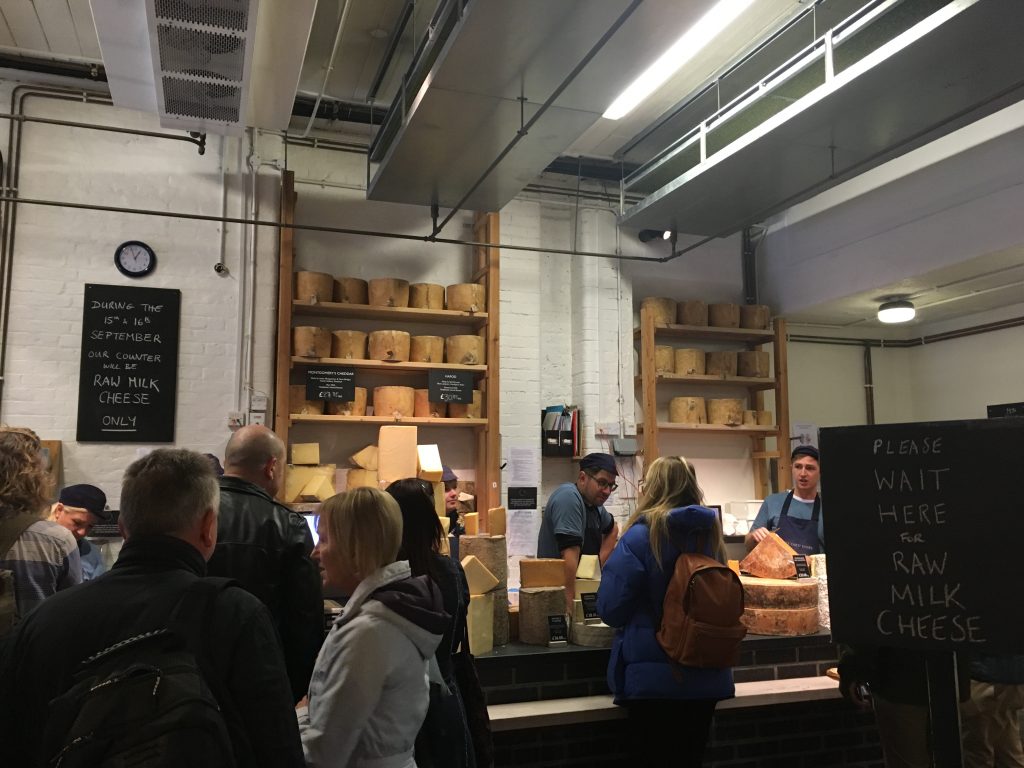Script is a stereotyped sequence of activities. A good example of the script is for restaurant dining. We are greeted by a server who guides to a table, we receive a menu from a server, and the server takes our orders. Drinks arrive first and then meals arrive. When we finish meals, we pay the bill at the cashier and leave the restaurant.
Marketers and designers use scripts to improve customer experience. We often assume the fewer activities customers perform in the restaurant, the more they are satisfied. Therefore, we hire more part-time servers. Alternatively, we try to design an unmanned store by installing vending machines or robots to automatize in-store activities.
Different from our assumptions, however, restaurant customers could be happy about doing everything by themselves. I found this when I met a friend at one of the Rainmaking cafe in Copenhagen, Denmark. Rainmaking is a corporate innovation and venture development firm.

When I entered the cafe, a refrigerator greeted me. No one was inside. I soon realized I should do everything by myself in this cafe. I picked up a beverage, paid it using my mobile phone, grabbed a table with my friend, and then cleaned up the table when leaving.



The whole experience did not bother me. It was rather pleasant. Everyone else seemed to follow this convention. This self-service cafe could be an alternative to automatization. Although many owners want vending machines or robots to make their stores unmanned or intact, many customers like me might be willing to do everything by themselves in stores.
***
Reference
Patricia M. West, Dan Ariely, Steve Bellman, Eric Bradlow, Joel Huber, Eric Johnson, … David Schkade. (1999). Agents to the Rescue? Marketing Letters, 10(3), 285–300.
The advent of electronic environments is bound to have profound effects on consumer decision making. While the exact nature of these influences is only partially known it is clear that consumers could benefit from properly designed electronic agents that know individual users preferences and can act on their behalf. An examination of the variousroles agents perform is presented as a framework for thinking about the design of electronic agents. In addition, a set of goals is established that include both outcome-based measures, such as improving decision quality, as well as process measures like increasing satisfaction and developing trust.







